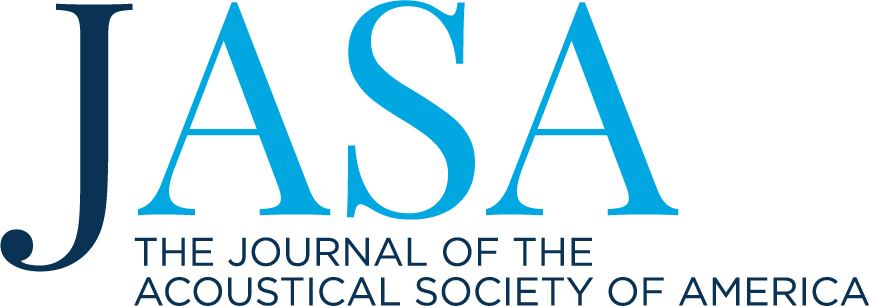Measurement of ultrasound backscattering is a promising diagnostic technique for arthroscopic evaluation of articular cartilage. However, contribution of collagen and chondrocytes on ultrasound backscattering and speed of sound in cartilage is not fully understood and is experimentally difficult to study. Agarose hydrogels have been used in tissue engineering applications of cartilage. Therefore, the aim of this study was to simulate the propagation of high frequency ultrasound (40 MHz) in agarose scaffolds with varying concentrations of chondrocytes (1 to 32 × 106 cells/ml) and collagen (1.56–200 mg/ml) using transversely isotropic two-dimensional finite difference time domain method (FDTD). Backscatter and speed of sound were evaluated from the simulated pulse-echo and through transmission measurements, respectively. Ultrasound backscatter increased with increasing collagen and chondrocyte concentrations. Furthermore, speed of sound increased with increasing collagen concentration. However, this was not observed with increasing chondrocyte concentrations. The present study suggests that the FDTD method may have some applicability in simulations of ultrasound scattering and propagation in constructs containing collagen and chondrocytes. Findings of this study indicate the significant role of collagen and chondrocytes as ultrasound scatterers and can aid in development of modeling approaches for understanding how cartilage architecture affects to the propagation of high frequency ultrasound.
Finite difference time domain model of ultrasound propagation in agarose scaffold containing collagen or chondrocytes
